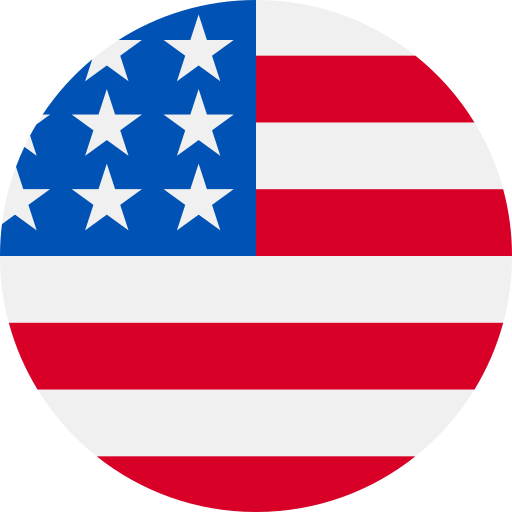Health and Wellness
This year’s theme for Black History Month is Black Health and Wellness. We want to celebrate the contributions and breakthroughs of some of the most influential people in health and STEM history, who have impacted and inspired countless people around the world.
Born in Kingston, Jamaica, in 1882, Harold Moody emigrated to London in 1904 to study medicine. When Moody initially arrived in London, he had difficulty settling as he was unable to find accommodation due to the colour of his skin. Moody went to the Young Men’s Christian Association on Tottenham Court Road to obtain a list of addresses in which he might be able to find accommodation. After unsuccessfully visiting every address on the list, he eventually found a modest attic room he could stay in. Graduating as a doctor at King’s College Hospital, Moody would have been one of the top applicants for many roles, however struggled to gain employment, due to his skin colour.
Although he faced countless further racist restrictions, Moody opened his own medical practice in Peckham, South-East London in 1913. Here he helped countless individuals, typically assisting those from low-income families, often for free. Eventually, not only did the people of South-East London come to know and trust Moody, but he gained popularity amongst many famous and influential black people, including Kwame Nkrumah, Jomo Kenyatta, Stella Thomas and C.L.R James.
In 1931, Dr. Moody created the LCP (League of Coloured People) which had the main aim of serving the interest of African and Caribbean students, as well as campaigning for Black people to be given better housing and job opportunities, with a journal named ‘The Keys’. This organisation was made to unveil harmony between black and white people focusing more on a Christian purpose rather than a political one. Throughout his life, Dr. Moody helped thousands of people and created pathways that would positively effect future generations.
Alice Augusta Ball was an African American chemist, born on July 24th 1892 in Seattle. After excelling and graduating Seattle High School, she continued in education at the University of Washington, gaining two undergraduate degrees: Pharmaceutical Chemistry and Science of Pharmacy. Ball then transferred to the University of Hawaii where she became the first woman to graduate with a Master’s Degree in Chemistry and became the institutions first female chemistry laboratory instructor and researcher.
At the age of just 23, whilst working as a laboratory researcher, Ball revolutionized the use of chaulmoogra oil for treating Hansen’s disease (leprosy) by isolating the oil into separate fatty acid components and manipulating the oil into a water soluble that could be injected and absorbed by the body.
Tragically, Ball became ill during her research and died at the young age of 24, in 1916 before she was able to see the significance impact of her revelation. The treatment became known as the ‘Ball Method’ and directly impacted thousands patients who were discharged from hospitals and isolation facilities across the globe, free from the symptoms of leprosy. Alice Ball’s research saved thousands of lives in the early 1900’s before a new treatment was introduced in the 1940s. However, it wasn’t until 2000 that the University finally honoured her for her work and February 29th became ‘Alice Ball Day’, which is celebrated every 4th year.
Elizabeth Nneka Anionwuwas the UK’s first sickle cell and thalassemia nurse specialist and campaigner for a statue of Mary Seacole (first named memorial of a Black Woman in the UK). Born in Birmingham with Irish/Nigerian heritage, Elizabeth was inspired to become a nurse due to the care she received for her severe eczema in her childhood. She became a health visitor and worked as a Community Nurse Tutor in Brent Health District. During this time she became aware of sickle cell disease, an inherited anaemia that has a high rate in the African and Caribbean populations. In 1979 she set up the first ever UK sickle cell/thalassaemia nurse counselling service before becoming a senior lecturer in Community Genetic Counselling at the University College London’s Institute of Child Health.
In 1998, Anionwu established the Mary Seacole Centre stating that it was a way to challenge the “predominantly white, Eurocentric focus of nursing recruitment, education and research”. The centre offered a framework for student nurses to learn about conditions, such as sickle cell and ran campaigns to increase the number of nurses from minority ethnic backgrounds.
Mae Carol Jemison was born in Alabama in 1956 before moving to Chicago, where she was raised. At a young age Jemison found a passion for science and dreamt of someday going into space. Jemison had a lot of influential people in her life doubting her ability to become a scientist, including her kindergarten teacher, claiming she would make a better nurse. Despite the doubt she had received, Jemison went on to study Chemical Engineering at Stanford University. She found the lack of African American attendees challenging and often faced discrimination, even from her professors. She went on to gain her degree in 1977 before continuing on to medical school and becoming a medical officer from 1983 – 1985.
Despite her success in the medical industry, Jemison still had a dream of becoming an astronaut and applied for NASA’s astronaut training programme. However, the application was postponed due to the Challenger disaster, but after reapplying in 1987 she was selected onto the course and became the ‘first black female astronaut’. One of her most notable projects included flying a space mission in 1992, where she orbited the earth 127 times.
In 1993 Jemison’s NASA career came to an end. Since leaving NASA she has served on the board of directors of the World Sickle Cell Foundation and has written a number of children’s books. Although Jemison faced discrimination her whole career due to her gender and the colour of her skin, she worked tirelessly to achieve her goals and lived her childhood dream.
Dr. Kizzmekia Corbett is likely to leave a significant mark in history. She is one of the National Institutes of Health's leading scientists who worked directly to develop and produce the mRNA-1273 (Moderna) vaccine against SARS-CoV-2, during the COVID-19 pandemic. With over 15 years researching in her field, Dr. Corbett's expertise in viral immunology has lead to an already impressive career holding patents for innovative therapeutic antibodies, universal coronavirus and influenza vaccine ideas amongst others, and resulted in her winning numerous prestigious awards, including the Benjamin Franklin Next Gen Award and the Salzman Memorial Award in Virology. Dr. Corbett devotes a significant amount of her time to marginalised communities as an advocate for STEM education, combining her research objectives with her talent for mentoring.
In summary, the individuals that we have spoken about in this blog are such a small amount of the inspiring black figures in health and wellness, who have worked through discrimination and prejudice to influence how we live today.












